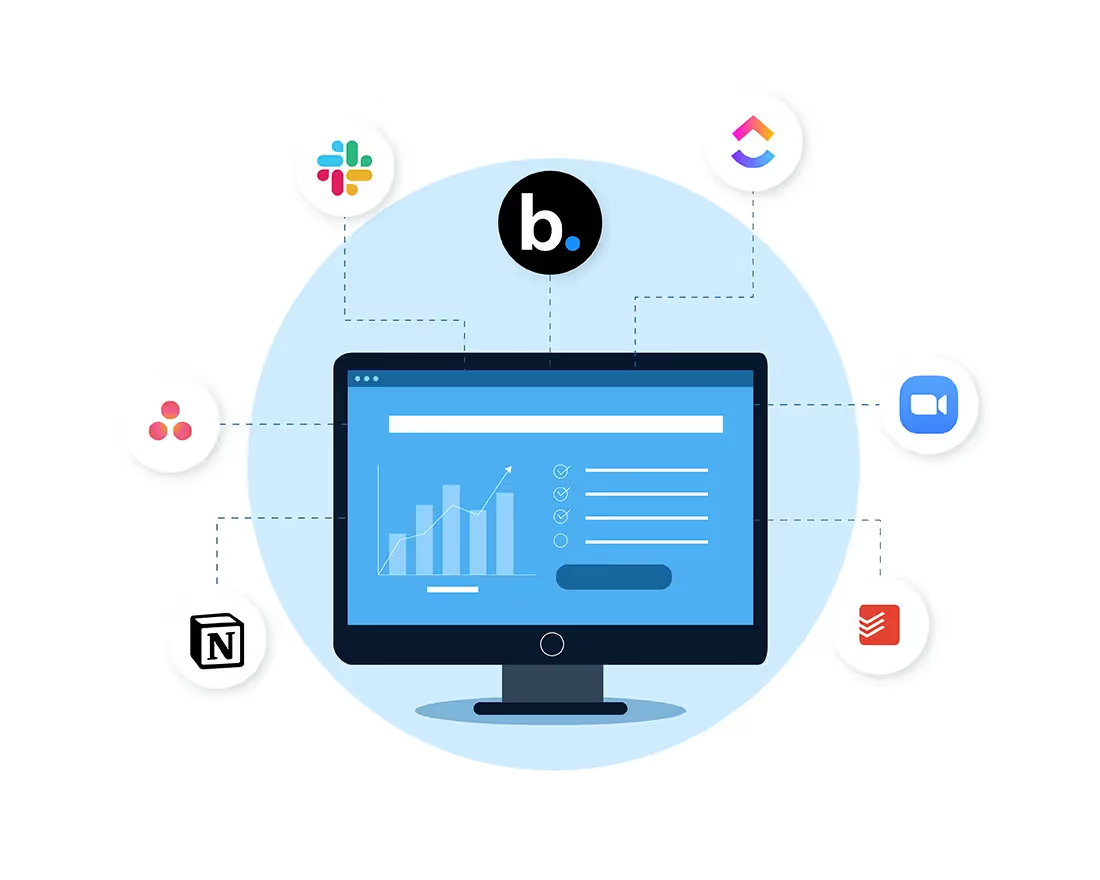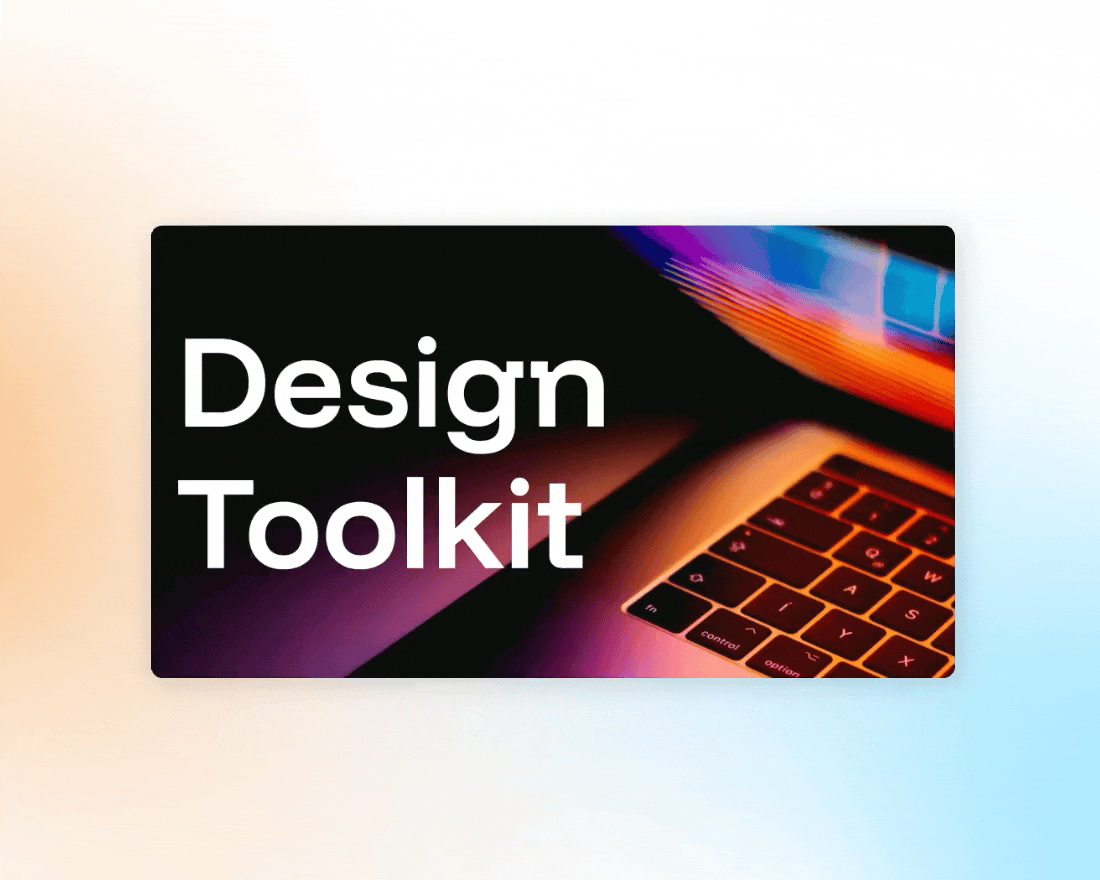
Communication is a key component in schooling of all levels. In fact, the entire premise of delivering a lesson plan is based on communication. How teachers communicate to their class matters, and can be the difference between a successful student and a curriculum that falls short. But how teachers communicate with the families of their students matters, too.
In our new norm of remote learning, communication has become even more vital to keeping classrooms on track. Whether it’s video conferencing, emails, or presentations— technology has helped to bridge the gap in connecting students and teachers from afar. However, there are still best practices to keep in mind to communicate more effectively.
In this blog we share how teachers can effectively communicate class information both in-person and online to students and their families.
Why is parent teacher communication important?
Parent-teacher communication is ongoing from the beginning of the school year until the last day of class. Regardless of the age of the student, opening up communication between teachers and parents is important in ensuring a successful school year. Through regular reports, meetings, and conversations teachers can share information regarding the students’ accomplishments, roadblocks, and behaviors. Not only does this keep families informed, it helps the teachers facilitate the best course of action for the student’s success. Effective communication establishes a level of trust and respect between both parties, and shows the student that everyone has their best interest in mind. It keeps the school community aligned and on the same page for a more seamless semester.
Effective parent teacher communication tools
With various channels of communication, it’s hard to gauge what might be the most effective. Between email, a printed syllabus, a handbook that you send home with your students, phone calls, or presentations, there are many different ways to deliver important classroom information. But we’re all about working smarter, not harder. Printed documents often get jammed at the bottom of backpacks, and emails can get lost in the shuffle, leading to unintentional miscommunication. When preparing for parent teacher conferences and back to school nights, it’s important to choose the most efficient mode of communication that is easily accessible, will engage your audience, and acts as an easy point of reference for future communications.
Creating a master presentation can serve as a vessel for all pertinent information for the school year. Beautiful.ai makes presentations easy for even the most amateur designers. Our Smart Slide templates handle the heavy lifting so teachers can focus on their key message instead of tinkering with text boxes. And since our presentations always live in the cloud it’s easy to update the presentation as needed throughout the year. Any changes will automatically be applied so everyone with access to the deck can see them immediately without having to toggle between multiple presentations or files. Simply share the deck with students’ families via the shared link and they will all be in the know, all the time. Having this as a resource to go back and reference each semester will be a game changer, and will save both parents and teachers a lot of time addressing questions or providing answers that may already live in the deck.
Another benefit of presentations? They’re great for presenting virtually to remote classrooms.
What to include in parent teacher presentations
Of course, the meat of your presentation will be about the class curriculum, expectations, rules, and requirements (check out our back to school template here). But the following three things should be non-negotiables when you’re communicating with your classroom and their families.
A strong introduction
Any parent will want to know about the person responsible for their children multiple hours each day (and rightfully so). As such, any initial communications should include a solid introduction from both parties. The teacher should talk about their background in teaching, what they expect from the students and their families, what parents can expect from them, and their preferred processes. Similarly, students and parents should introduce themselves and become familiar with the new teacher and classroom so that they feel comfortable going to them with questions or concerns throughout the course of the year.
Contact information
While your presentation will be informational, it should always (always) include a section with contact information. This is where your students and their parents can reference for classroom numbers, office hours, and personal emails. By providing this in your presentation, you’re opening up the door for communication and making it more easily accessible when they can’t just pop into the classroom after school.
Open it up for questions
Like in any presentation, there will probably be questions regarding the curriculum, school events, or classroom processes and policies. To ensure that you communicated the information effectively— and that it was understood on the receiving end— you should leave ample time for questions. Whether this is during an in-person or virtual back to school night, parent-teacher conference, or a biweekly check-in for a student that needs a little extra help, giving your students’ families the opportunity to ask questions when necessary will benefit everyone.








